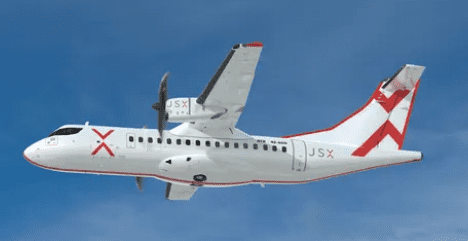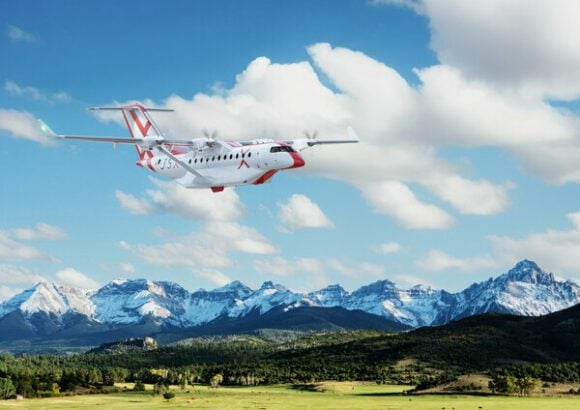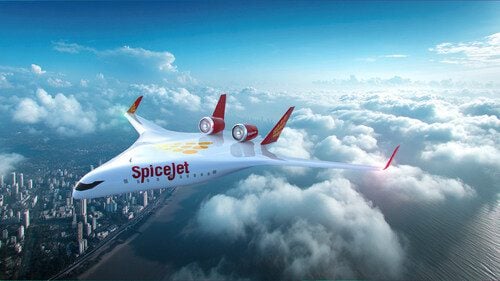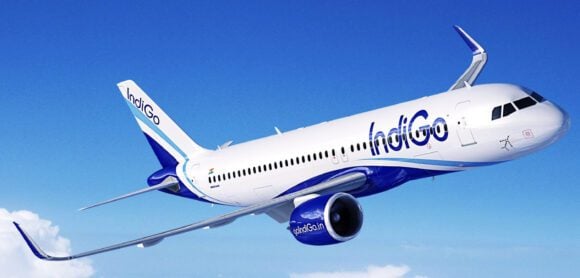
JSX ATR
Today, ATR provided a briefing to the US regional airline industry and media. We captured most of the briefings, as we do when attending events like this.
ATR is making a serious push to enter the US market, focusing on its aircraft replacing the aging and retiring 50-seat regional jets. See The Air Current for an in-depth report on this campaign.
To avoid influencing your response to the event, we have added our notes below these videos. Based on what we saw, our top-line reaction is that ATR has never been this serious about entering the US market. We have been covering this OEM for a long time. The most serious previous attempt was back in 2016. ATR did win a customer in Silver Airways, but that ended in tears.
Fortunately, JSX has helped to ameliorate this. JSX has also been looking for a solution to its regional jet fleet limits. Remember this from not so long ago?

But more below.
Notes:
- ATR has done a tremendous amount of work to prepare for this event. They presented a strong case, supported by receipts. The data demonstrates that there is indeed a gap in the market.
- That gap is undoubtedly the 50-seat segment.
- The ATR offers 30%+ better economics than the CRJ200 or ERJ145. As it should, being a turboprop.
- So far, so good. Now the other shoe.
- Question 1– Is there a market for 50-seaters in the US? The 50-seat RJs have significantly higher fuel burn rates compared to the larger models. But just how big is the 50-seater market? ATR has a tough case to make, even with all its research data.
- Question 2 – A primary reason turboprops haven’t worked in the US market is speed. Turboprops, even fast ones like the Dash 8-400, cannot operate at network speeds. That means connecting at hubs is compromised. Since the US is a hub-and-spoke market, turboprops can’t make it. Even Alaska gave up and moved to E175s.
- Is this an insurmountable problem? Absolutely not.
- JSX is the operator to watch. They offer O&D, and even though United and JetBlue are shareholders, JSX is not doing hub-and-spoke ops.
- But Silver Airways, you say. Fair point. JSX is taking ex-Silver aircraft and getting deals on these. Based on our understanding from today, ATR must NOT focus on regional feeders. Instead, it should focus on providing airlines with a tool to connect communities under their own brands. One of the CEOs actually said this. It was an “ah-hah” moment.
- The US is a brutal airline market, and ATR has a lot of work to do. That said, the timing is right, or at least better than it’s ever been. Operators need a solution because the traffic didn’t disappear. It’s still there and needs to be pried out of a car, where it went after the COVID pandemic. No rational person wants to drive three hours to catch a flight if there’s a reasonable option 30 minutes away.
- Finally, ATR is facing the most receptive industry audience it has seen in the US. They have nowhere else to go with respect to 50-seaters, which brings us back to question #1.
Views: 329




